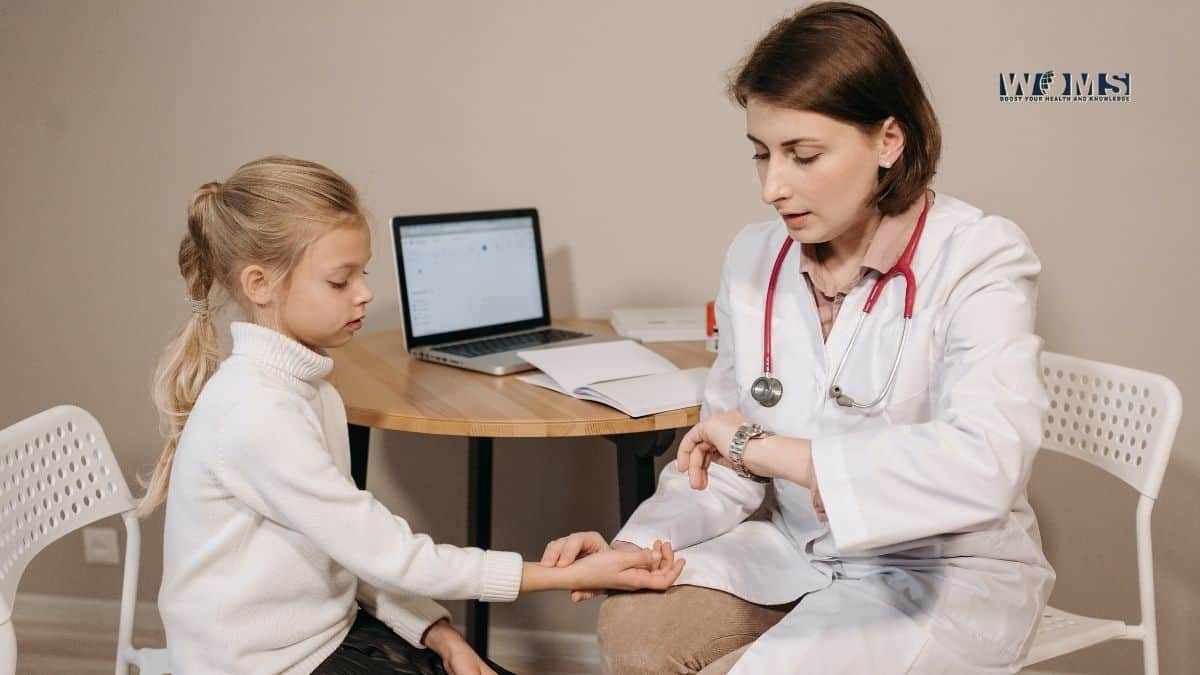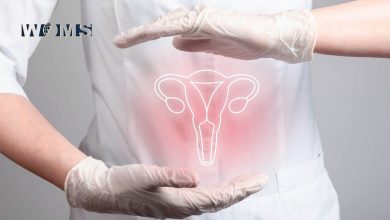4 Medical Emergencies About Newborns and How To Deal With Them

A medical emergency is any form of illness or injury that carries a risk of endangering a person’s life. While some of these emergencies require immediate professional attention, some can be managed by the victim themselves. In fact, medical experts highly recommend that individuals should learn and practice basic first aid early on in their lives. This is so that the chances of facing major complications like loss of limbs, loss of life, or psychological function can be lowered.
In comparison to adults, neonates are much more susceptible to medical emergencies. This is because growing children are yet to develop cognitive skills; hence their curiosity leads them to try new things- which often leads to unfortunate mishaps. For this reason, parents must learn basic medical procedures to be prepared in case any such emergency occurs. This article addresses some common neonatal medical emergencies as well as how to appropriately deal with them.
1. Cardiac Arrests
One of the most common causes of death in neonates is cardiac arrest. This is when the heart completely stops beating and therefore stops providing enough oxygen to the brain. More than often, cardiac arrests are accompanied by respiratory failure, and the symptoms are characterized as dilation of pupils, lack of response of the baby, loss of breath, and seizures. In order to prevent a loss of life via cardiac arrest, the best thing you can do is learn how to give CPR.
CPR or cardiopulmonary resuscitation involves performing a series of chest compressions and “rescue” breaths which can help resuscitate the heart of the baby. Degrees like NRP equip a person in dealing with such situations. An NRP or neonatal resuscitation program is a program designed by pediatrics’ to inform individuals of knowledge regarding resuscitation of newborns.
2. Respiratory Distress
Respiratory distress too is a very common medical emergency that pediatrics encounter. The most common symptoms of a baby experiencing RD are increased respiration rate of the baby (more than 60 breaths per minute), cyanosis (bluing), and nasal flaring. The reason why most babies develop RD is due to their lungs not reaching the full stage of maturity. Since the lungs are not fully developed, they are more likely to become infected and diseased, leading babies to develop RD.
If you notice that your baby is developing RD, remember to stay calm and place them in a seated position. Place the child in a dust-free zone and immediately call the doctor. It can also be helpful to learn the fastest route to the hospital prior.
3. Seizures
For the most part, seizures are not life-threatening, but they can still be a cause of concern for parents. A seizure is characterized by involuntary movements of the arms and legs along with signs like twitching, unconsciousness, and uncontrolled bowel movements. Seizures are caused due to the interruption in the brain’s electrical signals, which may or may not be painful.
If you see your child experiencing a seizure, steer them away from objects and place them on the ground. Try to move them on their side to promote easier breathing, and in case there is vomit, clear it out gently to prevent choking. After following these steps, call your doctor or report to the nearest emergency room. It can also be helpful to store your baby’s medical records in a place that’s easily accessible. Collect any forms of ID documents, medical history, medication history, and immunization certificates and store them in a cabinet or commonplace like counters or fridge tops.
4. Non-Life Threatening Conditions
While it is good to prepare for major complications like cardiac arrests, RDs, or seizures, minor complications should be prepped for in advance, as well. Some of the most common complications include fractures, burns, or falls. If your baby has any of the following, here are some steps you can take to effectively combat it:
- Fractures – Start by differentiating between a fall and a fracture. Essentially the pain of a fall should resolve shortly, but if there is skin discoloration or bruising in the area, your infant likely has a fracture. Call your pediatrician immediately if this is the case.
- Burns – Found out that your little one touched the stove? Hesitate not. Start by running your baby’s hand under cold water or apply a wet compress. If the burn looks serious, take your infant to the hospital.
- Falls- When learning to walk, infants tend to be very clumsy, which results in them constantly tripping over things. While there’s no serious risk associated with toddlers falling over, there is a significant risk for children below that age. A bad fall can result in numerous psychological impairments if not treated correctly.
While most medical emergencies require the intervention of a professional, there are some steps you, as a non-professional, can still take to make sure the matter does not get worse. These include practices like staying calm, pre-organizing baby records, earning an NRP, or learning the route to a hospital. Differentiating between a life-threatening and non-life-threatening disorder can also make management easier to deal with and carry out.




